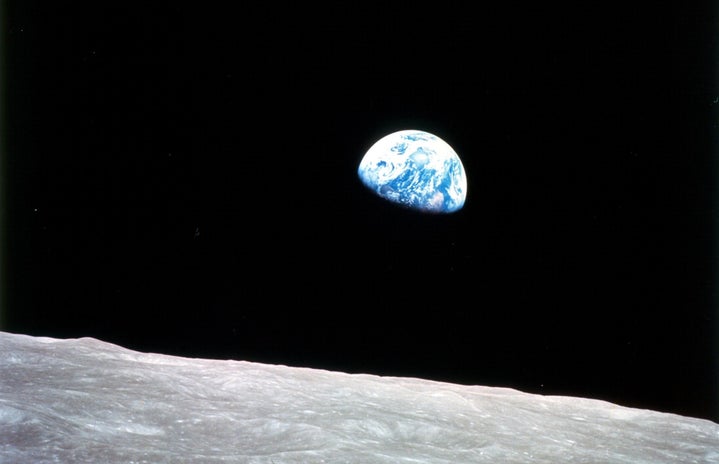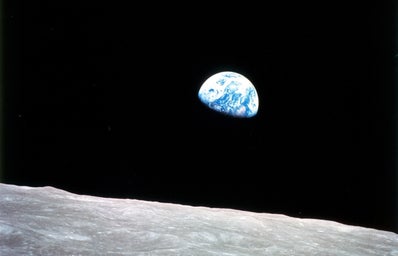Spoiler alert: they’re invisible and we cannot observe them directly. As an astrophysics major, the very existence of black holes still throws me off, and understanding them FULLY has been a challenge that has been plaguing scientists for decades. So, let’s break it down.
Take a star (one that is over 3 times the mass of the sun) and observe the end stages of its life. As the star’s core begins to fuse heavier and heavier elements, the delicate balance between inward force of gravity and the outward force of radiation pressure is disrupted. The star implodes, collapsing in on itself, as billions of tons of mass falls towards the core of the star. Now we have a black hole.
But why are black holes interesting?
We cannot observe them directly. We observe them by observing stars and other bodies being ripped to shreds around them like this image here, or by observing how they bend the light of objects around them through a process called gravitational microlensing.
Black holes are extremely dense objects and as such, have very strong gravity. To escape the gravitational pull of a black hole, you would need to be traveling faster than the speed of light. At speeds over 3×108 m/s, you would cease to exist as physical matter. In comparison, you would need to be traveling at 11.186×103 m/s to escape Earth’s gravitational pull.
Since not even light cannot escape the deathly clutches of a black hole, these mammothian objects are invisible to telescopes. They will rip apart anything that is unfortunate enough to get close enough. TON-618, the biggest black hole discovered till date, is 66 billion times the mass of the sun, and has a radius that is equivalent to over 40 times the orbit of Neptune around the Sun.
YouTube channel Kurzgesagt- In a Nutshell has a brilliant video that compares the sizes of black holes that we have discovered till date.
But all of this is what happens outside a black hole. What happens inside?
Well, no one knows. Apart from being stretched into a long line of atoms (in a process known as spaghettification) the only thing we do know is that physics breaks down at the very center of a black hole. This center, known as the singularity, has defied all understanding of traditional physics. Here, all matter is compressed to a tiny, single point. Plus, it doesn’t really exist in the first place, and we don’t fully understand what’s there.
The only thing we can do is hope that computational models and other breakthroughs in modern physics will aid our understanding of these enigmatic and ominous celestial bodies. But till then, black holes will remain as the defining features of true cosmic horror.


